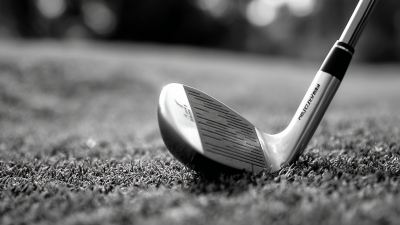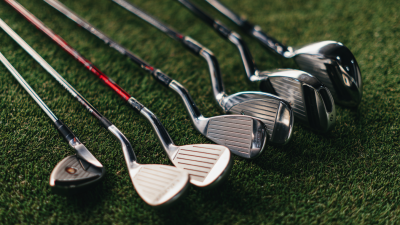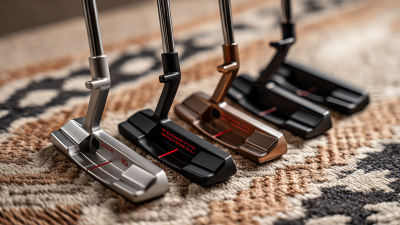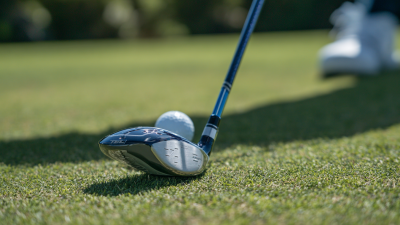Mastering the Greens Your Ultimate Guide to Choosing the Perfect Golf Set
In the world of golf, selecting the perfect golf set is paramount to achieving optimal performance on the course. According to a recent report by the National Golf Foundation, the average golfer spends approximately $1,200 on equipment each year, highlighting the significant investment golfers are willing to make to enhance their game. With the growing variety of golf sets available, from beginner-friendly options to elite player models, choosing the right set can seem overwhelming. Experts recommend analyzing your skill level, playing style, and budget to find a set that not only complements your abilities but also maximizes your enjoyment of the game. By mastering the essentials of golf set selection, players can equip themselves with the tools necessary to lower their scores and elevate their overall golfing experience.

Understanding the Different Types of Golf Clubs and Their Uses
When it comes to mastering the greens, understanding the different types of golf clubs and their specific uses is crucial for any golfer. Golf clubs are generally categorized into three main types: woods, irons, and putters. Woods are typically used for long-distance shots and are designed to propel the ball far down the fairway. They feature larger heads and longer shafts, with the driver being the most popular wood club for teeing off.
Irons, ranging from short to long, are more versatile and are used for various shots throughout the course. These clubs have smaller heads and are numbered according to their loft, with lower numbers suitable for longer distances and higher numbers ideal for approach shots. Finally, putters are essential for the final strokes on the green, designed to facilitate precise control and accuracy on the putting surface. Gauging the right club for specific situations will significantly enhance a golfer's ability to navigate the course and improve overall performance. By grasping the distinct roles of each club type, players can make informed decisions that lead to better scores and a more enjoyable game.
Mastering the Greens: Your Ultimate Guide to Choosing the Perfect Golf Set
| Club Type | Description | Typical Uses | Key Features |
|---|---|---|---|
| Driver | The longest club, designed for hitting the ball off the tee. | Tee shots, long-distance shots. | Large clubhead, low loft. |
| Wood | Used for long shots from the fairway or tee. | Fairway shots, long distances. | Larger face for better contact, varied loft options. |
| Irons | Clubs with a flat face, used for precise shots. | Approach shots, mid-range shots. | Variety of lofts, offers control and accuracy. |
| Wedge | A type of iron designed for short-range and precision shots. | Chipping, pitching, and bunker shots. | High loft, specialized for short distance. |
| Putter | A club designed for use on the green. | Putting, short distance to the hole. | Flat face, specialized grip for control. |
Key Factors to Consider When Choosing a Golf Set for Your Skill Level
When choosing the perfect golf set, understanding your skill level is crucial. Beginners typically benefit from game-improvement clubs designed to enhance distance and accuracy, featuring larger clubheads and enhanced forgiveness on off-center hits. According to the National Golf Foundation, about 24% of golfers in the U.S. are beginners, highlighting the importance of selecting clubs that cater specifically to their needs. Investing in a starter set with a mix of woods, irons, and a putter can provide a solid foundation for developing skills without overwhelming the player with too many options.

For more advanced players, the focus shifts towards precision and customization. Players with lower handicaps often seek out tools that allow for shot shaping and greater feedback. Research from the Golf Datatech reports that 47% of golfers who play regularly invest in customized clubs, underscoring the trend towards fitting for personal preferences and individual playing styles. Thus, as your skills progress, consider fitting sessions with professional club fitters to optimize performance, ensuring that every aspect of your set perfects your game on the greens.
Essential Features to Look for in Irons, Woods, and Putters
When choosing the perfect golf set, focusing on the essential features of irons, woods, and putters is crucial for improving your game. For irons, look for a good balance between forgiveness and control. Cavity-back designs offer more forgiveness on off-center hits, making them ideal for beginners and mid-handicap players. Additionally, pay attention to the shaft material and flexibility; graphite shafts are lighter and can help generate more clubhead speed, while steel shafts provide better control for those with faster swings.
Woods are integral for achieving distance off the tee and in the fairway. Key features to consider include the loft and the clubface design. A higher loft will help launch the ball higher, while adjustable features allow customization of loft and lie, catering to your playing style. The material of the wood also plays a role; titanium models are lighter and offer a larger sweet spot, enhancing performance. Lastly, the putter—often overlooked—should feel comfortable in your hands. Consider the grip size, head shape, and alignment aids. A well-matched putter can significantly impact your short game by improving accuracy and feel on the greens.
Choosing the Perfect Golf Set: Performance Comparison
How to Assess Your Budget and Prioritize Quality in Golf Equipment
When it comes to investing in golf equipment, understanding your budget while prioritizing quality is key. Golf sets can range widely in price, and finding the perfect fit requires not just a financial assessment but also an awareness of the equipment's durability and performance. If you're just starting out, consider allocating funds towards a decent set of clubs that offer reliability without breaking the bank. Premium brands may provide performance benefits, but many mid-range options are surprisingly effective for casual players.
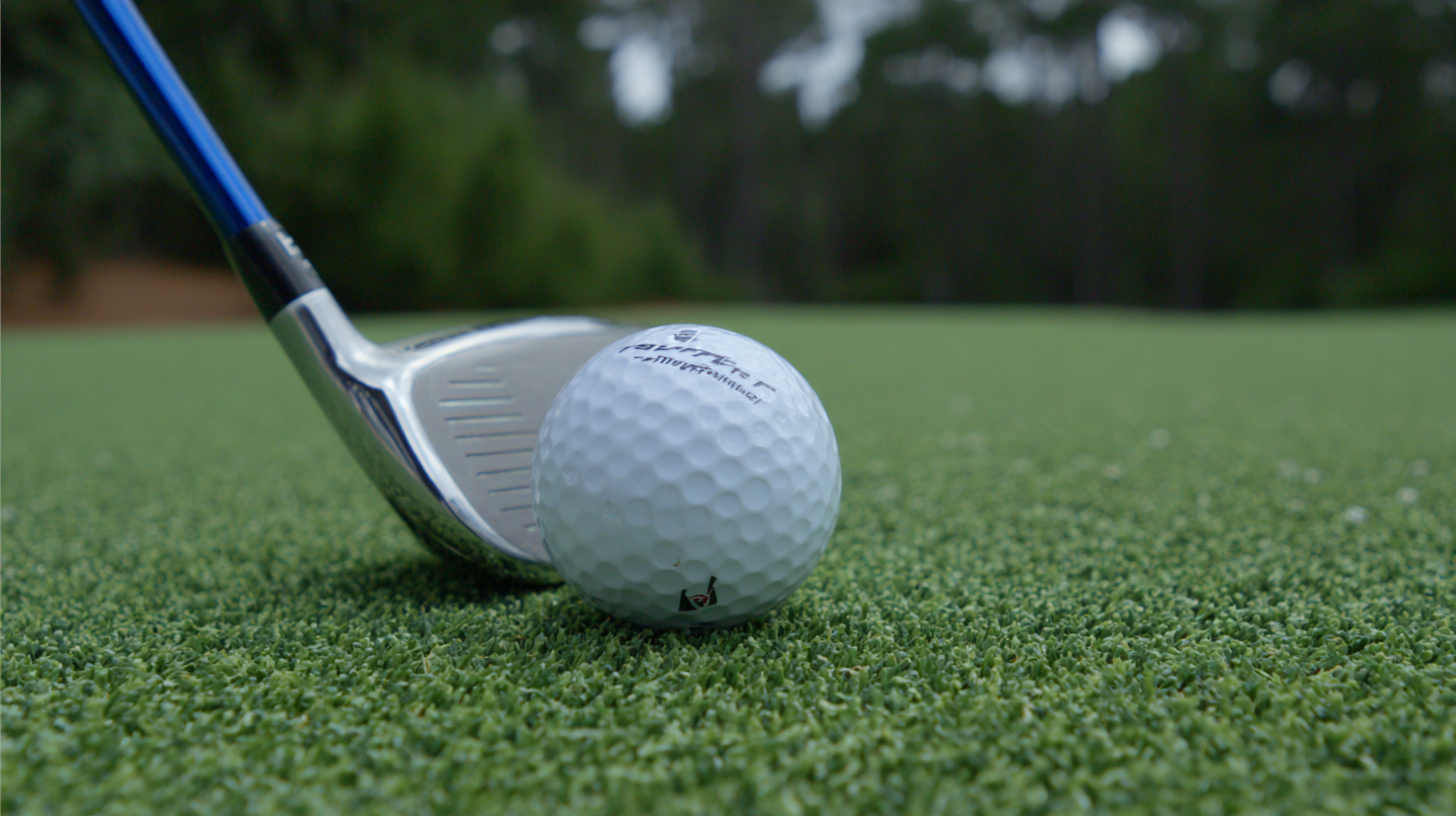
Tips: Start by assessing how often you play and what aspects of your game you want to improve. This will help you determine which pieces of equipment are worth the investment. Also, don’t underestimate the importance of quality golf balls. Many golfers prioritize inexpensive options, but a good ball can greatly influence your game.
Consider exploring second-hand options or sales events at local golf shops; this way, you can secure quality gear while staying within budget. With thoughtful planning and an eye for value, enhancing your golf experience doesn't have to come at a high cost.
Tips for Trying Out and Customizing Your Golf Set for Optimal Performance
Choosing the right golf set can significantly impact your performance on the course. To optimize your game, it’s crucial to customize your golf clubs to fit your style and physical attributes. According to a study by the National Golf Foundation, approximately 80% of golfers believe that a well-fitted set of clubs positively influences their game. This highlights the importance of taking the time to try out different clubs and configurations before making a purchase.
When trying out golf sets, pay attention to the following tips: First, ensure that the shaft length is appropriate for your height and swing style. A shaft that’s too long or short can drastically affect your swing consistency. Next, consider the club's grip size; it should feel comfortable in your hands to enhance control. Lastly, take advantage of technology—using a launch monitor can provide valuable insights into your swingspeed, ball speed, and other crucial metrics, allowing you to fine-tune your selection.
Customization doesn't stop at simply choosing clubs. Many local pro shops offer club fitting services that utilize industry-standard data to analyze your swing mechanics. In fact, a report by the PGA revealed that golfers who receive professional fittings see an average of a 10-15% improvement in their game performance. This data emphasizes the importance of investing in professional guidance to tweak and customize your set for maximum benefit.
